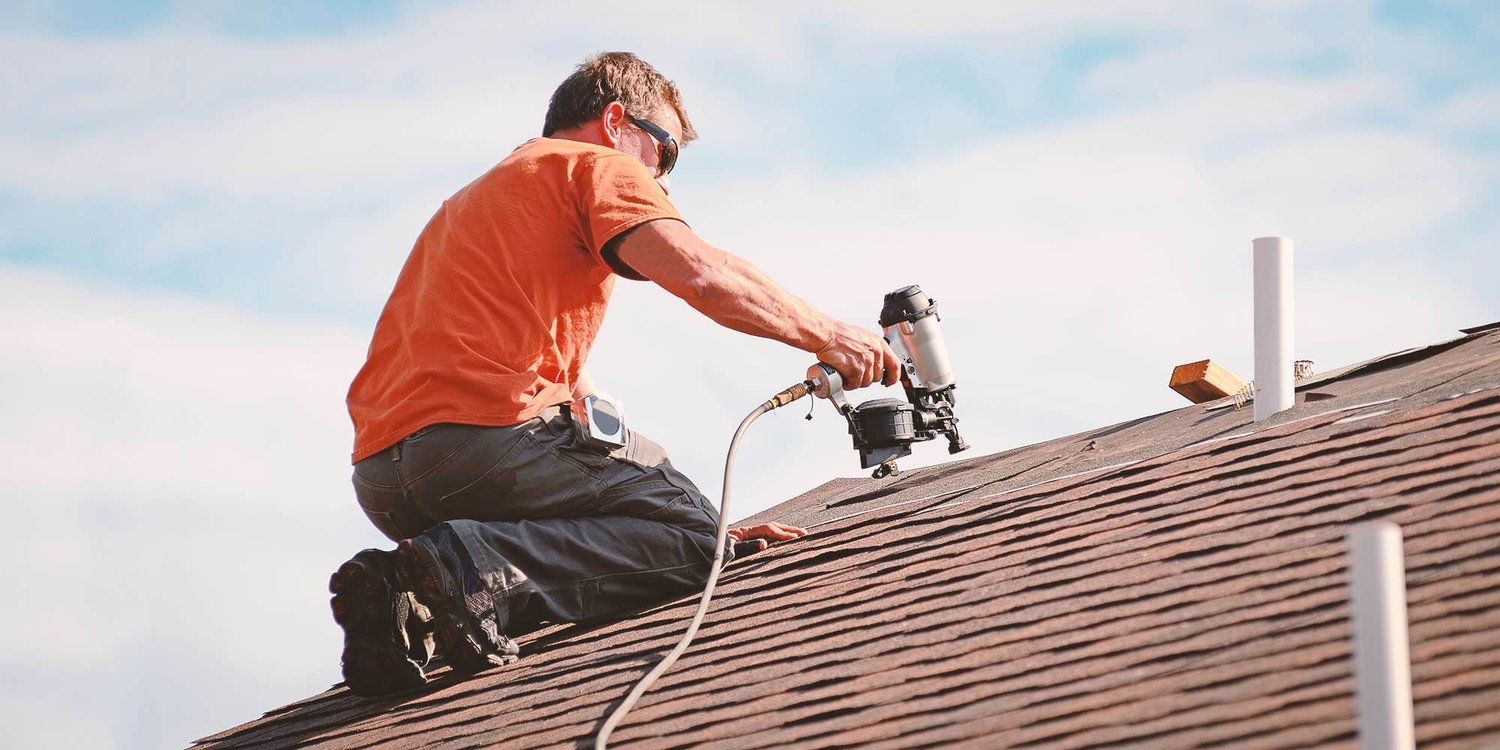How Climate Effects Your Option of Roof Material!
Introduction
When it pertains to roof, many property owners frequently think of aesthetic appeals and cost. Nevertheless, one of the most considerable elements affecting your choice of roofing product is climate. From downpours to scorching sun, the climate condition where you live can determine not only the lifespan of your roofing but likewise its overall performance. In this post, we'll explore how environment impacts your choice of roof material and supply insights into picking the best roof for your specific environment.
How Environment Impacts Your Option of Roofing Material!
Choosing a roofing material isn't just an exercise in design; it's a decision that can have long-lasting ramifications based upon your regional environment. For roof warranty instance, if you live in a location prone to heavy rains or snow, your needs will vary significantly from somebody living in a dry, hot desert region.
Understanding Various Climate Zones
Before diving deeper into materials, it's essential to comprehend the different climate zones that exist:
- Tropical: Characterized by high humidity and regular rain.
- Temperate: Seasonal changes with moderate weather.
- Arid: Hot, dry conditions with minimal rainfall.
- Cold: Long winter seasons with snow and ice.
Each zone presents distinct challenges and considerations for roofing products.
The Role of Humidity
In tropical climates where humidity is high, mold and mildew can be considerable concerns. Roofs need to be made from materials that withstand moisture absorption. Metal roof is often suggested due to its resistance to these aspects and longevity.
Benefits of Metal Roofing in Humid Climates
- Durability: Metal roofs generally last longer than other options.
- Mold Resistance: They do not soak up moisture like asphalt shingles can.
- Energy Performance: Reflective metal roofing systems can assist keep homes cooler.
The Effect of Severe Temperatures
Conversely, if you're located in deserts with extreme heat, you'll want materials that can endure intense sunlight without weakening quickly.
Recommended Products for Hot Climates
- Clay Tiles: Exceptional for reflecting sunlight.
- Metal Roofing: Likewise beneficial for heat reflection.
- Cool Roofing Coatings: These can be used over existing roofing systems to improve energy efficiency.
How Rain Impacts Roofing Choices
In areas experiencing heavy rainfall or snowfall, choosing a more robust product becomes vital.

Best Roof Options for Wet Climates
- Slate Tiles: Durable and aesthetically pleasing however heavier.
- Asphalt Shingles: More affordable however may require more frequent roof repair work due to moss growth.
Snow Load Considerations
If you live in regions with heavy snowfall, you might think about:
- Steep Slopes: They help snow slide off naturally.
- Strong Materials: Ensure your chosen material can hold up against significant weight.
Wind Resistance
In hurricane-prone areas or places based on extreme storms, wind resistance ends up being paramount.

Wind-Resistant Roof Options
- Metal Roofing: Understood for its ability to hold up against wind uplift.
- Concrete Tiles: Heavy and long lasting against strong winds.
Cost vs Resilience Trade-offs
While it might be appealing to opt for more affordable materials upfront, consider long-term expenses associated with maintenance and repairs based on your climate.
Local Building regulations and Regulations
Always seek advice from regional building regulations when thinking about a roof replacement as they may dictate certain products based on environmental conditions.
Choosing the Right Roofing Contractors
When embarking on a roofing system replacement job or requiring roofing repair work, working with skilled roofing contractors familiar with regional weather can make all the difference in ensuring appropriate setup suited for your climate.
FAQs About Climate and Roof Materials
1. What is the very best roofing product for rainy climates?
For rainy climates, metal roofing or slate tiles are perfect due to their capability to shed water efficiently and resist mold growth.

2. Can I use asphalt shingles in humid environments?
While asphalt shingles are popular due to low preliminary costs, they might require more frequent upkeep in humid environments due to potential mold growth.
3. What roofing options are best for hot climates?
Clay tiles or reflective metal roofs work well in hot climates as they assist keep homes cooler by reflecting sunlight far from the house.
4. Do I require special insulation under my roof?
Yes! Correct insulation is important regardless of environment; however, it's particularly essential in locations with severe temperature levels to keep energy efficiency.
5. How frequently must I change my roof?
This depends on the material used; typically asphalt shingles last around twenty years while metal roofs can last over 50 years with correct maintenance.
6. Should I consider environmentally friendly roofing options?
Absolutely! Eco-friendly options like green roofings or solar tiles not just decrease environmental impact however likewise enhance energy performance no matter climate.
Conclusion
Choosing the ideal roofing product is no little accomplishment; it needs careful factor to consider of your local environment's needs alongside personal choices and budget plan restraints. By understanding how environment affects your choice of roof product-- be it through resilience versus heavy rain or heat resistance-- you'll make sure that your home remains protected while preserving visual appeal for years to come!
Whether you're preparing a new roofing system installation or merely considering some upgrades during routine roofing repair work, always remember that knowledge is power-- and understanding how environment impacts your option of roofing product will roof installation guide serve you well long into the future!